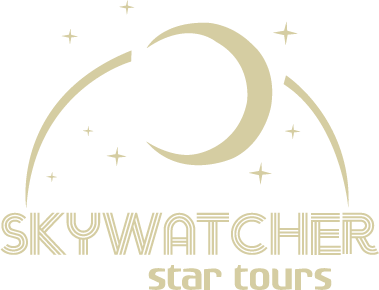
Harvest Moon
For several evenings during mid-September through mid-October, the moonrise comes soon after sunset. This results in an abundance of bright moonlight early in the evening, which was a traditional aide to farmers and crews harvesting their summer-grown crops. Hence, it’s called the “Harvest” Moon!







